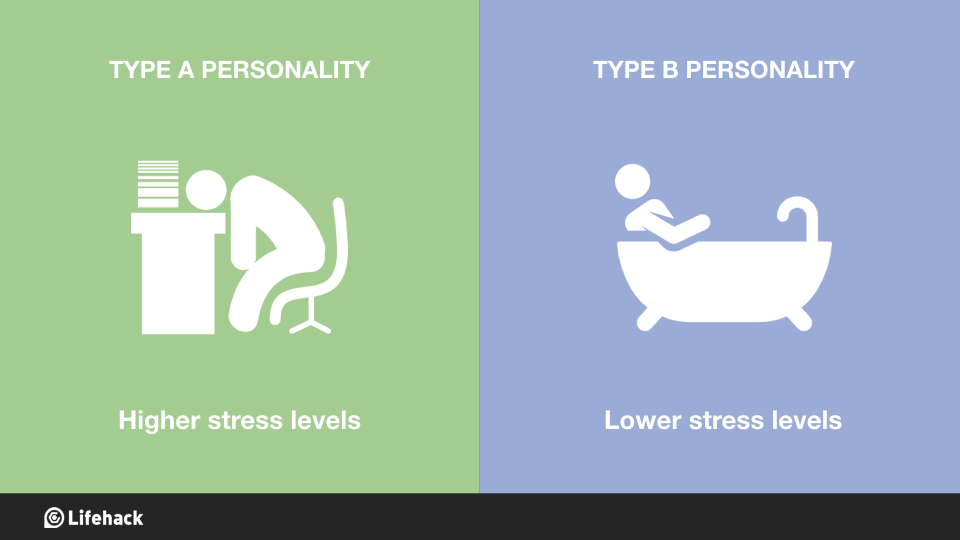
Jung called Extraversion-Introversion preference general attitude, since it reflects an individual’s attitude toward the external world distinguished by the “direction of general interest” : the extravert maintains affinity for, and sources energy from the outer world, whereas the introvert is the other way around – their general interest is directed toward their inner world, which is the source of their energy.Īs mentioned above, Jung introduced a pair of judging functions - thinking and feeling - and a pair of perception functions – sensing (or “sensation”), and intuition. JTPW™ instrument provides dynamically generated, personalized descriptions of personality types that include such aspects as preferred activities, working style, decision making and problem solving style, conflict management, communication style, and more. It goes beyond the 4 Jungian dimensions by evaluating several additional behavioural factors that make it possible to apply Jungian typology to, and effectively assess behavioural preferences of an individual in, the workplace. Jung Typology Profiler for Workplace™ (JTPW™) instrument determines personality type of an individual and strengths of expressiveness of each of the four preferences. ENFP stands for Extraverted, iNtuitive, Feeling, Perceiving.ISTJ stands for Introverted, Sensing, Thinking, Judging.The forth letter in the personality type acronym corresponds a person’s preference within the judging-perceiving pair: “J” for judging and “P” for perception. The third letter in the personality type acronym corresponds to preference within the thinking-feeling pair: “T” stands for thinking and “F” stands for feeling. The second letter in the personality type acronym corresponds to the preference within the sensing-intuition dimension: “S” stands for sensing and “N” stands for intuition. The first letter in the personality type acronym corresponds to the first letter of the preference of general attitude - “E” for extraversion and “I” for introversion. Each personality type can be assigned a 4 letter acronym of corresponding combination of preferences: The 16 personality types ESTJ ISTJ ENTJ INTJ ESTP ISTP ENTP INTP ESFJ ISFJ ENFJ INFJ ESFP ISFP ENFP INFP This produces 16 different combinations of preferences, or personality types. In other words, Jung's and Briggs Myers' personality typology is based upon the following four dichotomies (bipolar dimensions where each pole represents a different preference): Isabel Briggs Myers, a researcher and practitioner of Jung’s theory, emphasized the importance of the judging-perceiving relationship as a fourth factor influencing personality type . intuition), and their preference of one of the two functions of judging ( thinking vs.

introverted), their preference of one of the two functions of perception ( sensing vs. Jung, people can be characterized by their preference of general attitude ( extraverted vs.

Based on the theory of psychological types introduced by the famous psychologist Carl G.


 0 kommentar(er)
0 kommentar(er)
